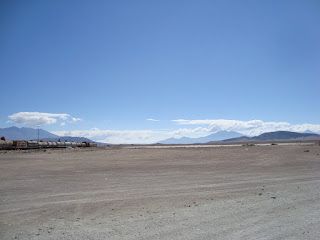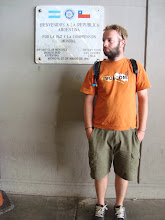Sorata is situated in the Cordillera Real about four hours north east of La Paz. Its like Scotland in many respects, steep hills and lots of rain.
It started off badly as I asked a police man for directions to a campsite but the bastard sent me the wrong way, thankfully some kids on their way home from school were going in the same direction, these children have some walk to school as it was like climbing a Munroe as we left the town and took fairly brutal 20 minutes .
I was beginning to think I was crazy camping here as the weather was like midsummer Argyll on the first day, sporadic driving rain followed by a short dry spell then more rain. The surrounding hills shrouded in mist, I did wonder why I had come here. The next day however I awoke, with the sun beating down on my tent and it was such a beautiful place, towering over the town was the mountain of Illampu, glistening in the sun.
I walked down a dirt road for several miles through several small hamlets, until in the midst of all this spectacular scenery I came upon the local binmen "unloading" the towns rubbish over a cliff face which was directly above the river! I was quite disgusted, but given their circumstances and that it is the poorest country in South America I think that they have few other options.

Coca and houses.

Sorata with the Cordillera Real as an impressive backdrop!




















































